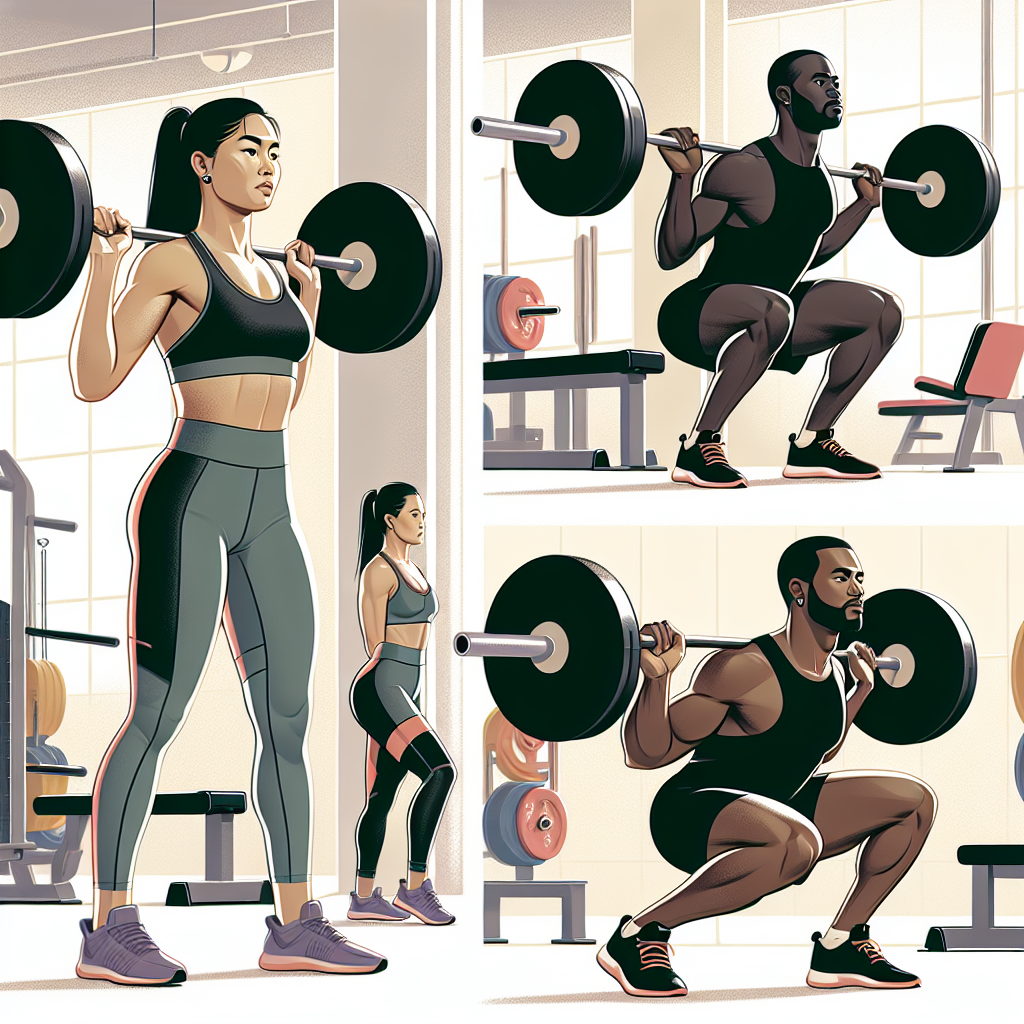
Leg day often conjures fears of soreness, fatigue, and the sight of wobbling knees as you fight your way down the stairs. Despite its notorious reputation, committing to a proper leg workout is essential for overall strength, balance, and mobility. But fear not! With the right tips and tricks, you can streamline your leg day routine and make it efficient, effective, and even enjoyable.
Understanding the Importance of Leg Day
Before diving into the tips, let’s explore why leg day is crucial. Your legs house some of the largest muscle groups in the body, including the quadriceps, hamstrings, glutes, and calves. Strengthening these muscles not only enhances your athletic performance but also supports overall movement patterns, helps prevent injury, and promotes metabolic health.
Tips for an Efficient Leg Day Workout
1. Plan Your Workout in Advance
Preparation is the key to an effective workout. Before heading to the gym, spend a few minutes planning your exercises. Focus on a balanced routine that targets all major leg muscle groups. An example workout could include:
- Squats (back or front)
- Lunges (walking or stationary)
- Deadlifts (traditional or Romanian)
- Leg press
- Calf raises
2. Incorporate Compound Movements
Compound movements, which involve multiple joints and muscle groups, are perfect for leg day. They maximize efficiency by working several muscles at once. Key compound exercises include squats, deadlifts, and lunges. Aim to include at least two or three compound lifts in your routine for optimal results.
3. Use Proper Form
Form is everything. Performing exercises with poor technique not only reduces their effectiveness but also increases the risk of injury. If you’re unsure about your form, consider working with a trainer or recording yourself to assess your technique. Remember, it’s better to use lighter weights and master your form than to risk injury with heavier loads.
4. Prioritize Progressive Overload
To see gains, your muscles need to be challenged over time. Progressive overload involves gradually increasing the weight, reps, or intensity of your workouts. This could mean adding an extra five pounds to your squat each week or increasing the number of reps you perform. Just remember to increase intensity carefully to avoid overtraining.
5. Include Mobility and Warm-Up
A proper warm-up prepares your muscles for the workout ahead and helps prevent injuries. Spend 5-10 minutes doing dynamic stretches like leg swings, lunges with a twist, or bodyweight squats to warm up. Consider adding some mobility work, such as foam rolling or stretching, particularly to areas that feel tight before you start lifting heavy.
6. Keep It Balanced
While it can be tempting to focus only on quads or hamstrings, achieving balance is key. Imbalances can lead to injuries. Incorporate a mix of exercises that target both the front (quadriceps) and back (hamstrings and glutes) of your legs. This will help develop strength and stability, supporting overall performance.
7. Don’t Forget Your Calves
Calf muscles often get neglected, but they play a vital role in stabilizing your legs. Include exercises like standing or seated calf raises in your routine to ensure well-rounded development. Strong calves contribute to better balance and can help improve your performance in other leg exercises.
8. Utilize Supersets or Circuits
To save time and keep your heart rate elevated, consider integrating supersets (doing two exercises back-to-back without rest) or circuit training (completing a series of different exercises in a row). For example, pairing squats with walking lunges can maximize muscle engagement while minimizing workout time.
9. Stay Hydrated and Fuel Right
Remember, hydration and nutrition are crucial for optimal performance. Drink water before, during, and after your workout to stay hydrated. Additionally, consuming a balanced diet rich in protein, healthy fats, and carbs will provide your body with the nutrients it needs to recover and grow stronger.
10. Listen to Your Body
Lastly, always listen to your body’s signals. If you feel excessive pain or discomfort, consider taking a break, adjusting your workload, or seeking advice from a fitness professional. Recovery is an essential component of any training program.
Conclusion
Leg day doesn’t have to be intimidating or overly complicated. With a bit of planning and some attention to form and balance, you can create an effective and efficient leg workout that will strengthen your lower body and improve your overall fitness. Embrace the challenge and remember, every step you take on leg day brings you closer to your fitness goals. Happy squatting!



